2024 technology predictions: When everything you touch knows exactly how you feel
It’s hard to predict just what kind of technology will emerge in the year ahead, but The Australian’s tech team has a few ideas.
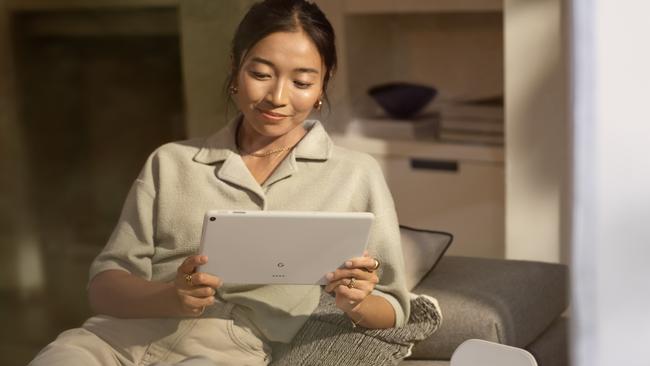
The world is moving into an era where sensors are so plentiful that the devices we touch may soon know more about us than we do about them.
Tech companies have for several years been increasing the number of sensors in and around our homes, placing them inside speakers, vacuums and smoke alarms, not to mention our handheld devices.
The technology can function inside steering wheels and handlebars and may soon change the way we drive, cycle or ride devices like electric scooters.
That’s just one prediction from The Australian’s tech desk, which is taking a guess about the kind of technology we’ll see emerge in 2024.
Sensors have existed for some time in this fitness space, with the grips on handlebars on cycling bikes, treadmills and ellipticals able to read user heart rates and make estimates of the number of calories they burn.
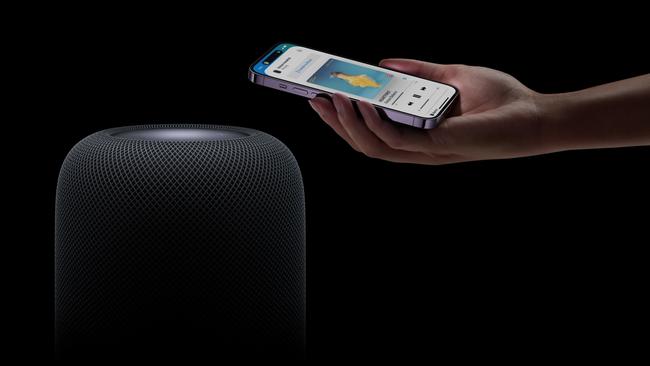
And personal consumer tech devices have known more about users than users know about them for some time.
But what’s become increasingly common is the two working together.
In 2024 more personalisation is expected in the fitness space, first in the form of services such as those offered by Everlab, a boutique healthcare start-up which received a $3m shot in the arm from investors including local VC firm Afterwork Ventures.
Everlab is poised to bring a hyper personalised bespoke health service mainstream, priced from about $1000 per year.
It will include health advice and recommendations from doctors, dietitians and nutritionists.
The focus will not be on immediate health concerns but rather conditions patients are at risk of developing.
More fitness app companies are expected to follow suit, using data collected from wearables including smart watches, smart rings and heart rate bands to help drive their own advice at a lesser cost.
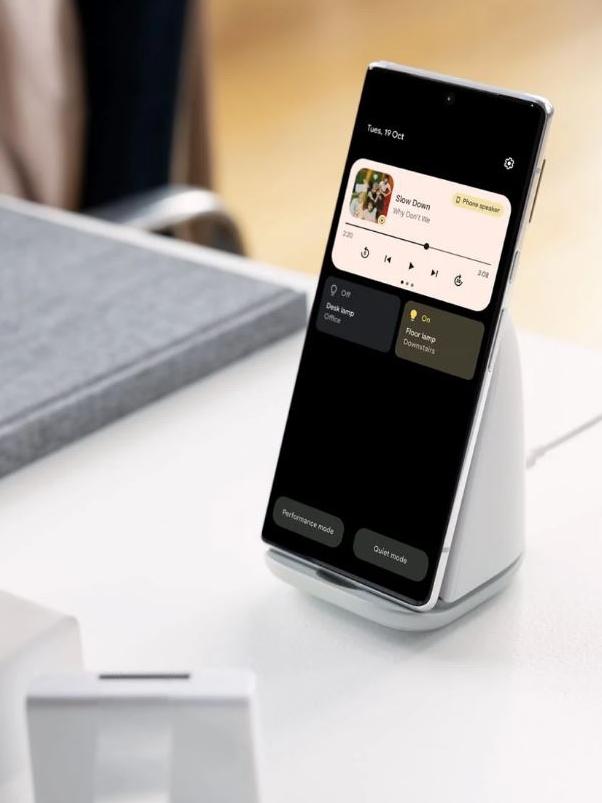
In the appliance space, expect to see greater control over our devices from our phones. Samsung will take the lead on this after last year promising that all of its appliances will have SmartThings – its smart home app – connectivity.
Samsung is also expected to come out with some kind of dock for its mobile devices this year, following the lead of Google and Apple.
Google’s Pixel stand, which provides fast charging for its mobile range, wasn’t that impressive when it first launched but Apple’s StandBy mode, which arrives as part of its iOS 17 release, certainly got my attention.
With StandBy mode, iPhone users can view the weather, their calendar, the date, the time and music controls while their iPhone is being charged horizontally – effectively giving the world even more reason to ditch an alarm clock or desk clock.
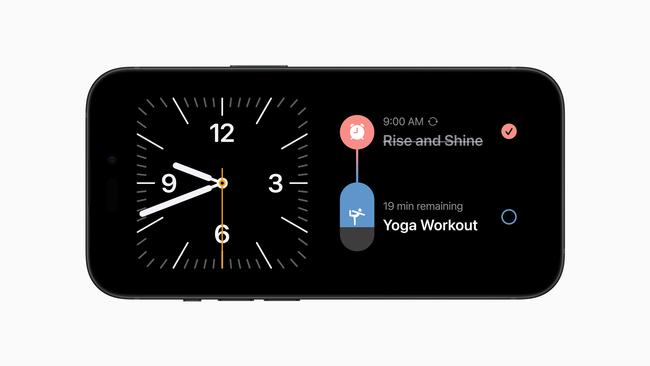
Google’s first tablet to hit the Australian market had similarly arrived with a dock that doubled as a charger and speaker (only when connected), which s suggests that people like two-in-one devices.
When it comes to listening, things are about to come full circle. The manufacturers of earpods are looking back down old roads and introducing smart cases which are somewhat reminiscent of the iPod and MP3 player era.
JBL was the first in the world to do that last with its Tour Pro 2 True Wireless Earbuds, which arrived with a case with a touch screen that could be used to control the buds – but if we’re honest, there were few things that users couldn’t already do directly on the buds of other brands.
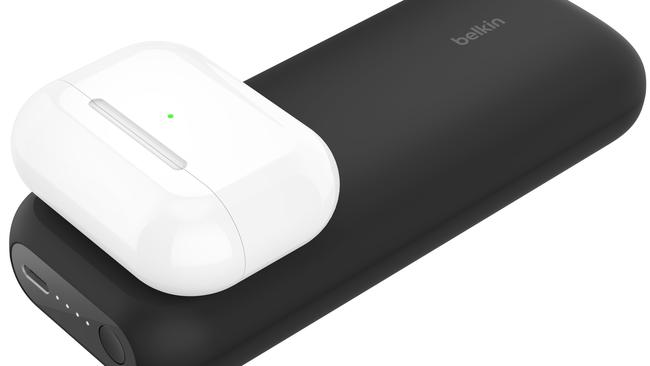
In 2023, Apple was granted a patent to design a similar concept for its AirPods case – which may or may not be a coincidence, arriving one year after it cancelled its iPod.
In audio, Bluetooth is also at the dawn of a new era.
No longer is a TV in a hospital waiting room, airport or gym a waste of money, with a new type of broadcast ability being introduced.
It’s called Auracast. The capability allows multiple people to tune into a single device, including TVs, from their own personal headsets.
Samsung was one of the first in Australia to roll out this capability with its 2023 model Neo QLED 8K TV and Micro LED TV.
There’s a massive commercial opportunity here for the likes of silent fitness classes and tour guides, not to mention extending service capabilities for people with certain audio sensory needs.
In simple terms, it means that you’ll be able to hear a full presentation at an event when that annoying person tries to chew your ear off.
We’ve never thought much of new webcams, not seeing a need to have the best image on Zoom.
But there does seem to be ground for improvement in that space, with smart cameras knowing when to focus on you and when not to.
Hopefully video calls will soon be able to recognise the difference between when someone sneezes and when they’re actively participating in a conversation.
Speaking of cameras and microphones, we’re seeing more creative ways for people to spy or pry on their homes and their guests.
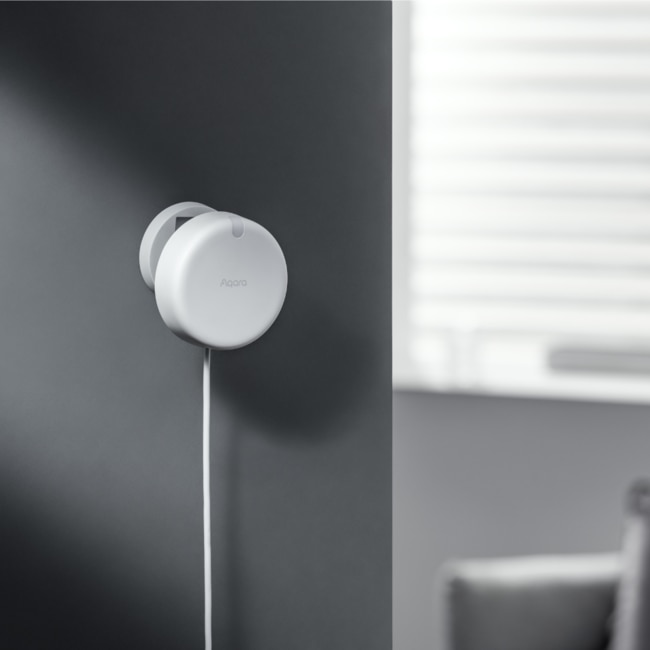
We’ve all seen headlines on Airbnb guests in shock after finding hidden cameras or microphones. There are other ways to track people in a space and one which appears to be growing in popularity is a presence sensor.
Aware is one of the players in the space. It has developed a device which can monitor up to five people simultaneously in a 40sq m room. That particular device allows up to 30 zones to be monitored on a single sensor, or to have one sensor per dedicated zone.
And as for the TV space, well, The Australian is off to the Consumer Electronics Show (CES) in January – and will be asking how much smarter can a TV get in 2024.








To join the conversation, please log in. Don't have an account? Register
Join the conversation, you are commenting as Logout